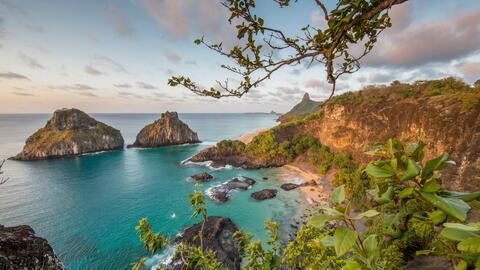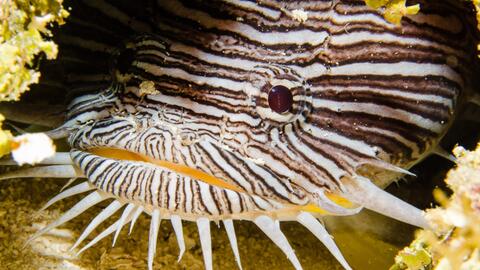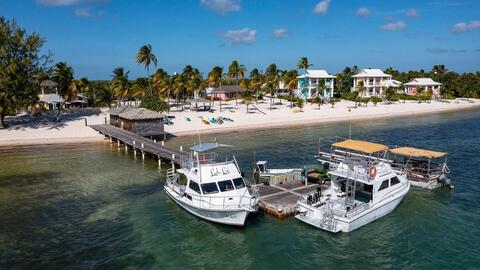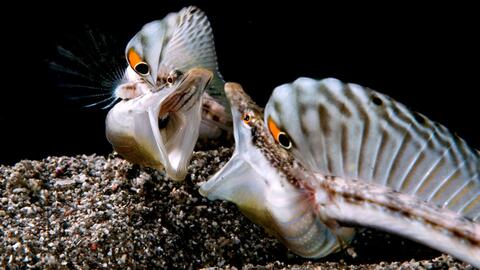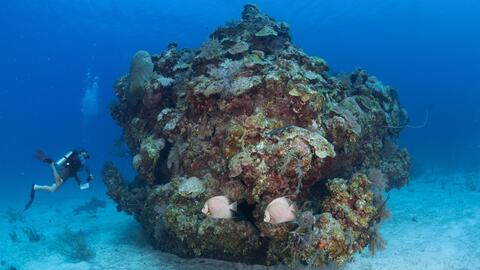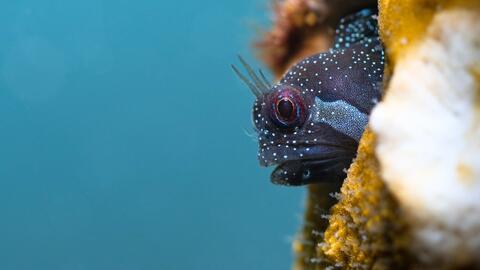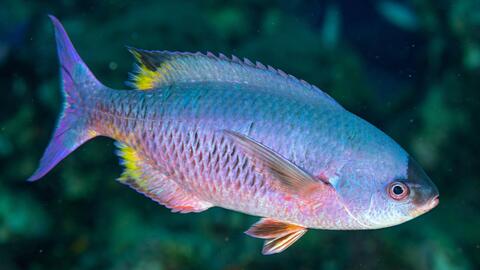Brazil's Fernando de Noronha archipelago is known as a great destination for ecotourism and diving. The islands are located about 200 miles from the mainland and the entire area makes up a protected marine park.
Curacao was rated as one of the top 10 diving destinations by Scuba Diving Magazine readers in 2022. This trip offers diving through Ocean Encounters and lodging through LionsDive. Enjoy 5 days of 2 tank morning dives and 6 days of unlimited shore diving!
Our annual Cozumel trip is known for its many unique fish finds, including the Cozumel-endemic Splendid Toadfish as well as high concentrations of other interesting species like Cherubfish, Blackcap Basslets, and Sargassum Triggerfish.
At just 10 square miles, Little Cayman remains true to what a Caribbean Island should be. The Island was mostly uninhabited and rarely visited until the mid-19th century and to this day continues to have limited development.
Negril, Jamaica is home to a famous 7-mile beach with white-sand and turquoise waters right out of a postcard. The family-owned boutique hotel, Travellers Beach Resort, is centrally located with all of the amenities and activities you can think of.
Cayman Brac Beach Resort has something for every diver.
Diving in St. Eustatius consists of a variety of diverse habitats including walls, wrecks, patch reefs and rocky outcroppings. Because large-scale tourism has not yet arrived in Statia, it's rare to encounter other divers on the same site and the reefs tend to be in great condition.
Known as one of the best-preserved marine areas in the Caribbean, Jardines de la Reina (Gardens of the Queen) is a marine park located in the southeastern portion of Cuba known for its high fish diversity and biomass.
Home to several of the most species-rich sites in REEF’s Tropical Western Atlantic database, Bonaire is legendary among underwater naturalists and REEF surveyors. This trip includes nine boat dives as well as unlimited shore diving opportunities throughout Bonaire's marine park.
Tobago's unique location in the southern Caribbean results in rich biodiversity. Outflow from the Orinoco River in Venezuela feeds this area with an abundance of nutrients, which in turn attracts lots of fish.

